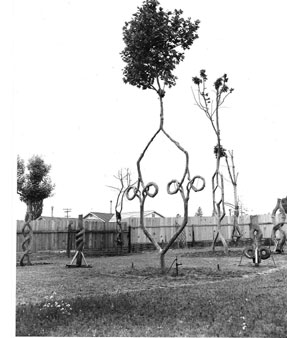Woman, thou worst of all Church-plagues, farewel;
Bad at the best, but at the worst a Hell;
Thou truss of wormwood, bitter Teaz of Life,
Thou Nursery of humane cares a wife.
Thou Apple-Eating Trayt’riss who began
The Wrath of Heav’n, and Miseries of Man,
And hast with never-failing diligence,
Improv’d the Curse to humane Race e’er since.
Farewel Church-juggle that enslav’d my Life,
But bless that Pow’r that rid me of my Wife.
And now the Laws once more have set me free,
If Woman can again prevail with me,
My Flesh and Bones shall make my Wedding-Feast,
And none shall be Invited as my Guest,
T’ attend my Bride, but th’ Devil and a Priest.
— From The Pleasures of a Single Life, or, The Miseries of Matrimony, 1709



